Book Review - Victoria Finlay's Color: A Natural History of the Palette
 Color: A Natural History of the Palette by Victoria Finlay
Color: A Natural History of the Palette by Victoria Finlay
Published by: Random House Trade Paperbacks
Publication Date: January 1st, 2003
Format: Paperback, 448 Pages
Rating: ★★★★
To Buy
Long before our modern world of chemicals dyes, all the hues and colors came from something found in nature. A tangible object, a plant, a bug, somewhere in nature's paintbox there was something that could make our ancestor's lives more richly hued. Victoria Finlay goes around the world in search of these "lost" colors and where they came from. Part travelogue, part memoir, and part history book, this read definitely isn't for everyone with her casual writing style relying on anecdotes and suppositions. This is by no means a perfect book, the author admits so herself. But
for me, there was just the right combination of my interests and fields of study
that I was sucked in. Though I will never look at maraschino cherries the same way again. Icky bugs.
I have never been one for history books or nonfiction for the most part. I find it dry. Hence my interests lean toward historical fiction. In this medium I thrive. I am able to get the history that I am interested in without the dry discourses. The characters bring a human element that connects me to the subject in a way that I never would otherwise. This has had odd ripples in my life, especially in history classes. I would always love the books that told a story. I remember in one class discussing the book King Leopold's Ghost about Africa in the 19th Century. The book was riveting to me, I just really enjoyed it; but during the discussion in class everyone was ripping it apart because it wasn't scholarly enough and made history too accessible. Well, you know what classmates in a class I very quickly dropped, history should be accessible. It's little anecdotes and stories that add a bit of the human factor into history and help me connect like I do with historical fiction. It makes me actually care about history.
The history and art history geek in me likes the more living narrative that Finlay infused in her book versus the dull dry facts and figures that she could have presented us with. Sure, this does lead to some problems, mainly invention, speculation, and supposition on her part that might drive those pedants in my history class to tear their hair out. But I read this book knowing that it wasn't a straight up history, though really, is any history cut and dry? This book is her take, her insights, her opinion. While I might disagree with her, I was never not entertained by her and the anecdotes she used to highlight the different colors.
The book has a rocky (pun kind of intended) start with the chapter on ochre and the aboriginals. Finlay seems unable to successfully merge her personal experiences with the historical origins of the ochre medium. It feels as if she almost doesn't know what her own intentions with the book are. Therefore we are left with a muddy mess that made me fear for the rest of the book. Yet in the very next chapter on black and brown she finds a natural balance that she is able to maintain through the rest of the book. By taking real people and imagining their hunt for colors that mimic her own, she is able to create a tangible, though fictional, link to the past.
Finlay is telling us stories that bring the materials to life. There is a part of me that wishes that this was a TV Documentary so that I could see all the pictures and places she went to, as this book is lacking on the visual side. But there's another part of me that is glad this is a book. The stories about Turner and his laissez-faire attitude to the permanence of his medium choices making him the Jasper Johns of his age, with his cats and their flap on the door made from one of his paintings would have come across as a bad reenactment in a documentary. And Ruskin's slam against Turner that no picture of his "is seen in perfection a month after it is painted" is not only humorous, but brings into account something I had never really thought about. Before chemical dyes color would change. There was a flux with it. The color you paint on the wall today will be a different color in a week, a month, a year, who knows, if there's enough arsenic in it it might just kill you.
I think that is what I will take away most from this book. It made me think. I am an artist and designer and with this comes a heritage, one I haven't in a long while thought about. I now want to go out into the world, go to museums, go to artist supply stores, meet Victoria Finlay and tell her to embrace Pantone. I want to go out and explore the paintbox of the world, which, while I find it a cliched and dumb phrase, same as "the world is my canvas," but, you know what they say about cliches? There's something right about them. Now let me see the earliest flight I can get to England to check out that Winsor and Newton museum...
























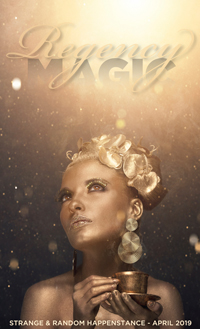
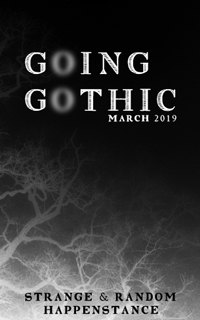
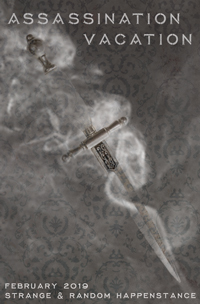
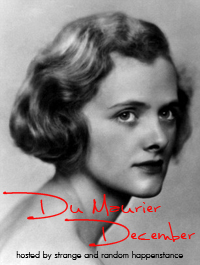
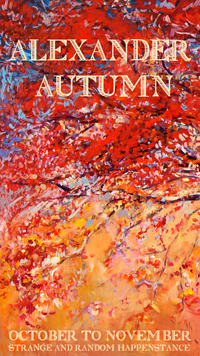
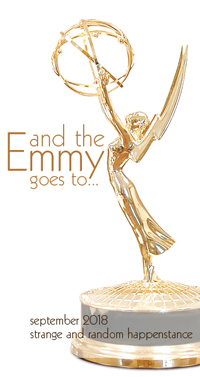

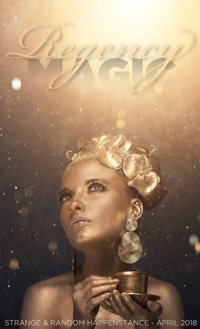


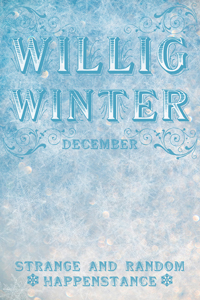

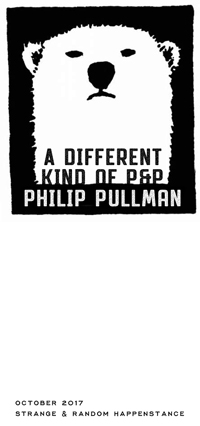


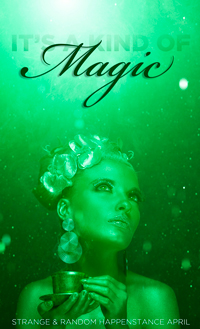
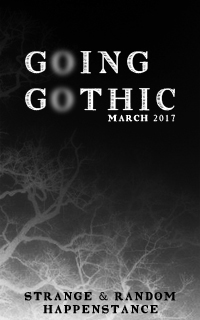

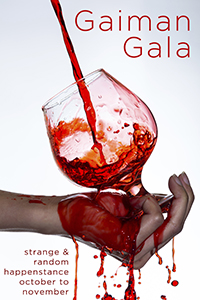
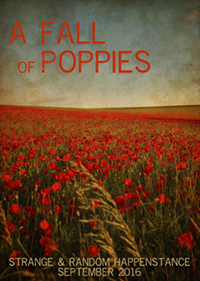

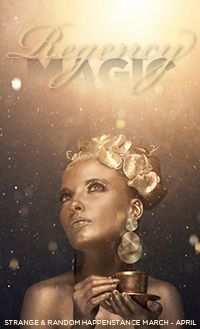

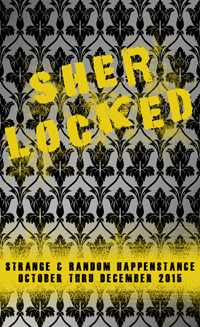
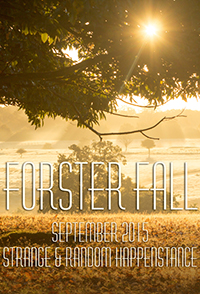
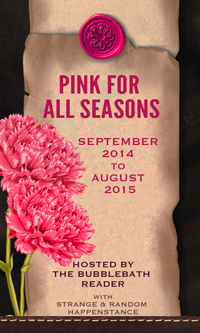
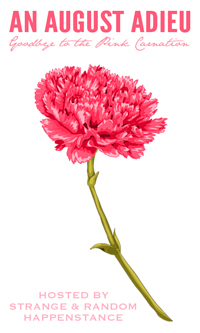

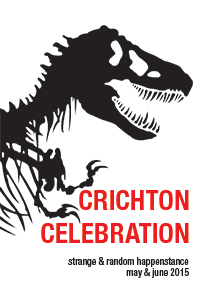


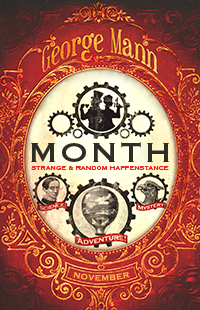

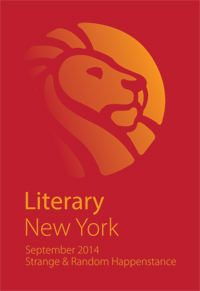
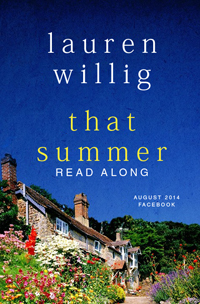


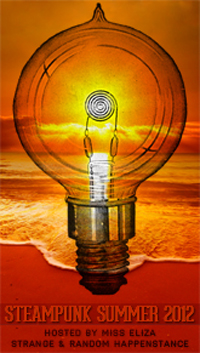
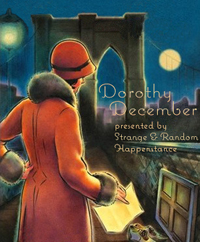






















Post a Comment